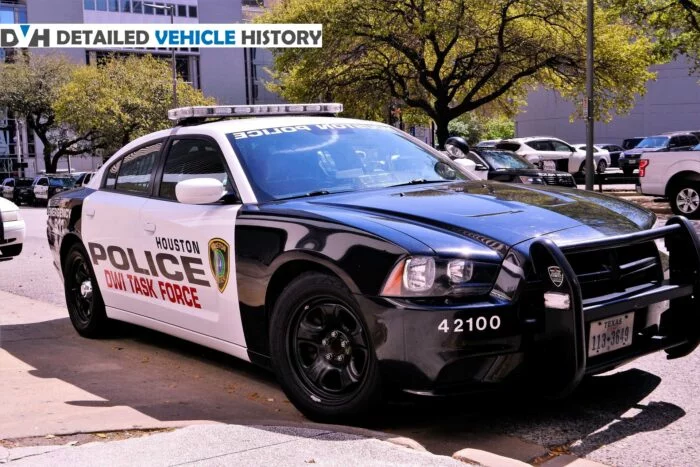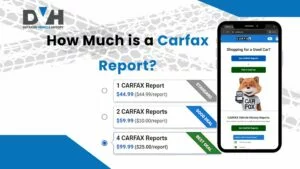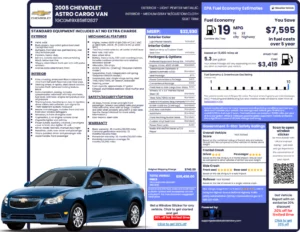How Do You Check if Your Car is Marked by the Police?
The best, and most accurate way, to check if your car is marked by the police is by contacting the local law enforcement office closest to where you live. They should have the information on whether or not your vehicle has been under investigation or flagged for any reason.
Unfortunately, that’s about all you can do to find out if your vehicle is involved in any trouble with the police.
Additionally, if you have the license plate or registration number for a vehicle, you may be able to find out if that vehicle is flagged. But the outcome may vary depending on the local law.
What is a police marker?
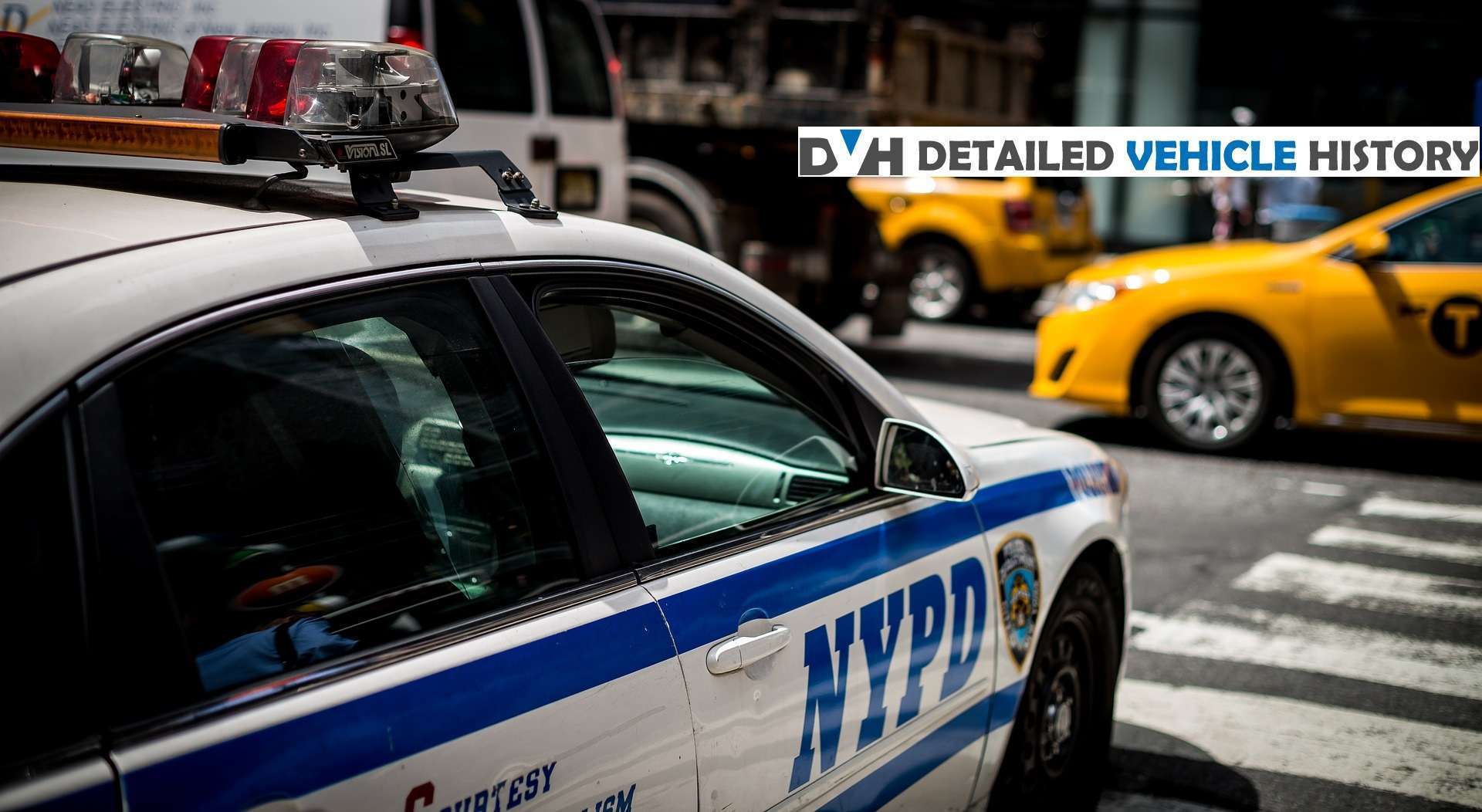
How Does the Police Track and Identify Vehicles?
There are many intricate methods that law enforcement uses to identify vehicles involved in any legal issue.
License Plate Registration (LPR)
One of the most common methods used is License Plate Recognition (LPR). License Plate Recognition is a technology that uses optical character recognition to read the vehicle’s license plate. This means that images from traffic cameras and CCTVs can be used to find information about said vehicle.
Here’s how the police uses LPR to track and identify vehicles:
- The police deploy cameras on patrol cars and fixed locations (i.e., traffic lights and overpasses) to capture images of passing vehicles.
- The images are scanned with the OCR technology to convert the images into alphanumeric data.
- The data is then matched into the police’s database for things like stolen vehicle, vehicle involved in criminal activities, expired registrations, etc.
- An alert is then produced, which will be relayed to officers in the area.
There are more intricacies into the process, but that’s generally how it works. You can read the complete information on how the police uses LPR in this document.
GPS Tracking
This is often used to track vehicles involved in high-profile or high-risk investigations, such as criminal activities.
READ ALSO: What Is a High-Profile Vehicle? Types and Examples
Common Reasons Your Car is Flagged by The Police
Is my car marked? The police can assign markers to any vehicle for several reasons, consider the following reasons:
1. Reports and Complaints About the Vehicle
The most common reasons why you suddenly gets a traffic stop due to your vehicle being flagged is reports and complaints related to your vehicle.
This usually happens after your car has been reported breaking the law or causing public annoyance, distress, or danger by anyone you have passed by along the way, In the United States, there are violations that can cause your car to be flagged by the police:
2. Theft Markers
This marker is definitely one you want to avoid, especially if you’re buying a used vehicle at a discounted price or with incomplete papers.
One sure way to find out if the vehicle has been stolen is by getting a complete vehicle history report from providers like Detailed Vehicle History.
3. Drug and Drug-Related offenses
If the police find drugs on a vehicle, they usually place a marker on it. They may also mark a vehicle if the driver is found drunk or involved in drunk driving.
The police place this marker because it is presumed possible to find drugs on the vehicle in the nearest future.
4. Cloned Vehicles
5. Section 59 Markers (U.K)
If you are in the United Kingdom, Section 59 markers are usually placed on vehicles involved in antisocial behavior. This section allows the police to issue warnings related to activities that alarm, distress, or annoy the public.
Such activities can range from street racing to performing stunts, speeding through residential areas, and more. The Section 59 markers can add up, and multiple incidents within a year can result in confiscation.
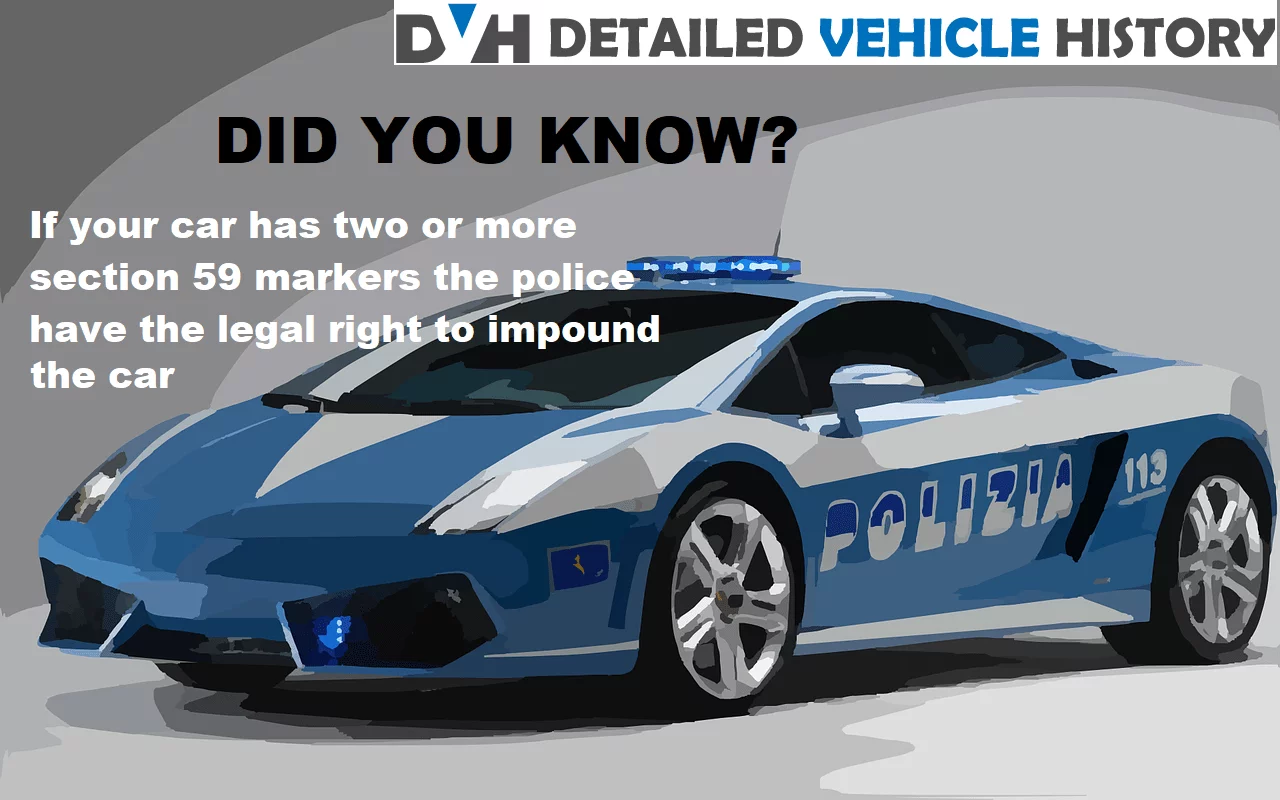
How Do I Remove the Police Marker from My Car?
If your car is marked, or you unknowingly bought a used car that’s been flagged by the police, you may not able to remove it yourself — or do anything about it without being in contact with the law enforcement.
In a nutshell, to remove a marker, you will have to visit the police station, providing a proof of vehicle ownership, it is then left for the police to decide what to do.

